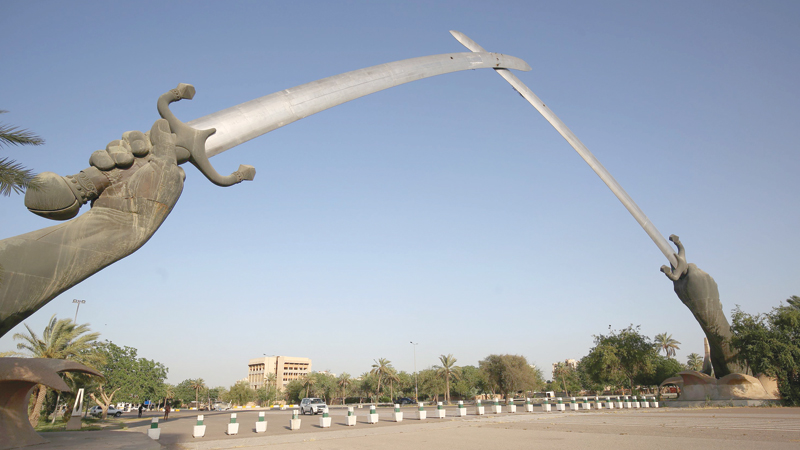

Baghdad: It was long the seat of Saddam Hussein’s iron-fisted rule, then a sealed-off symbol of US occupation and, more recently, out-of-touch politicians. On Tuesday, Baghdad’s emblematic “Green Zone” fully reopened.
The move is yet another signal that Iraq is getting back on its feet after decades of conflict — and that its government is searching for political capital to head off summertime protests.
The high-security zone in the centre of Baghdad had been totally inaccessible for a vast majority of Iraqis since the US-led invasion that toppled Saddam Hussein in 2003.
Since coming to power last year, Prime Minister Adel Abdel Mahdi has ordered the gradual shedding of concrete blast walls and checkpoints around the area, and opened a few routes to through traffic during set windows.
Starting Tuesday, a holiday marking the end of Ramadhan, all main roads criss-crossing the enclave will be open around the clock.
“It’s great news,” bellowed Abu Majed, a 49-year-old taxi driver caught behind the wheel in one of Baghdad’s notorious traffic jams. He hadn’t seen the inside of the Green Zone since 2003. For him, the most important impact would be practical.
“There will be less traffic,” he shrugged as he inched his car forward. The 10-square kilometre zone lies on the western bank of Iraq’s famed Tigris river.
Before 2003, it was known as “Parliament District” because it was home to the legislative body, as well as presidential palaces, ministries, and luxurious villas reserved for those in Saddam’s inner circle.
On weekends, Iraqi families would flood its perfectly-manicured lawns and expansive roundabouts to marvel at the area’s imposing monuments.
They included the massive “Crossed Swords” to mark Iraq’s war against Iran and the Monument to the Unknown Soldier.
When US-led troops captured Baghdad, they set up inside the neighbourhood’s imposing palace and villas, erecting blast walls topped with barbed wire and limiting entry to a handful of checkpoints. It became the “Green Zone” — distinguishing it from what was then seen as the dangerous, no-go “Red Zone” that formed the rest of Baghdad.
— AFP
Oman Observer is now on the WhatsApp channel. Click here



